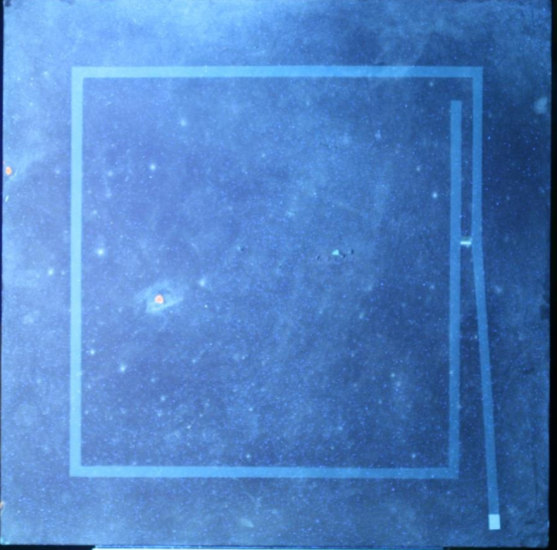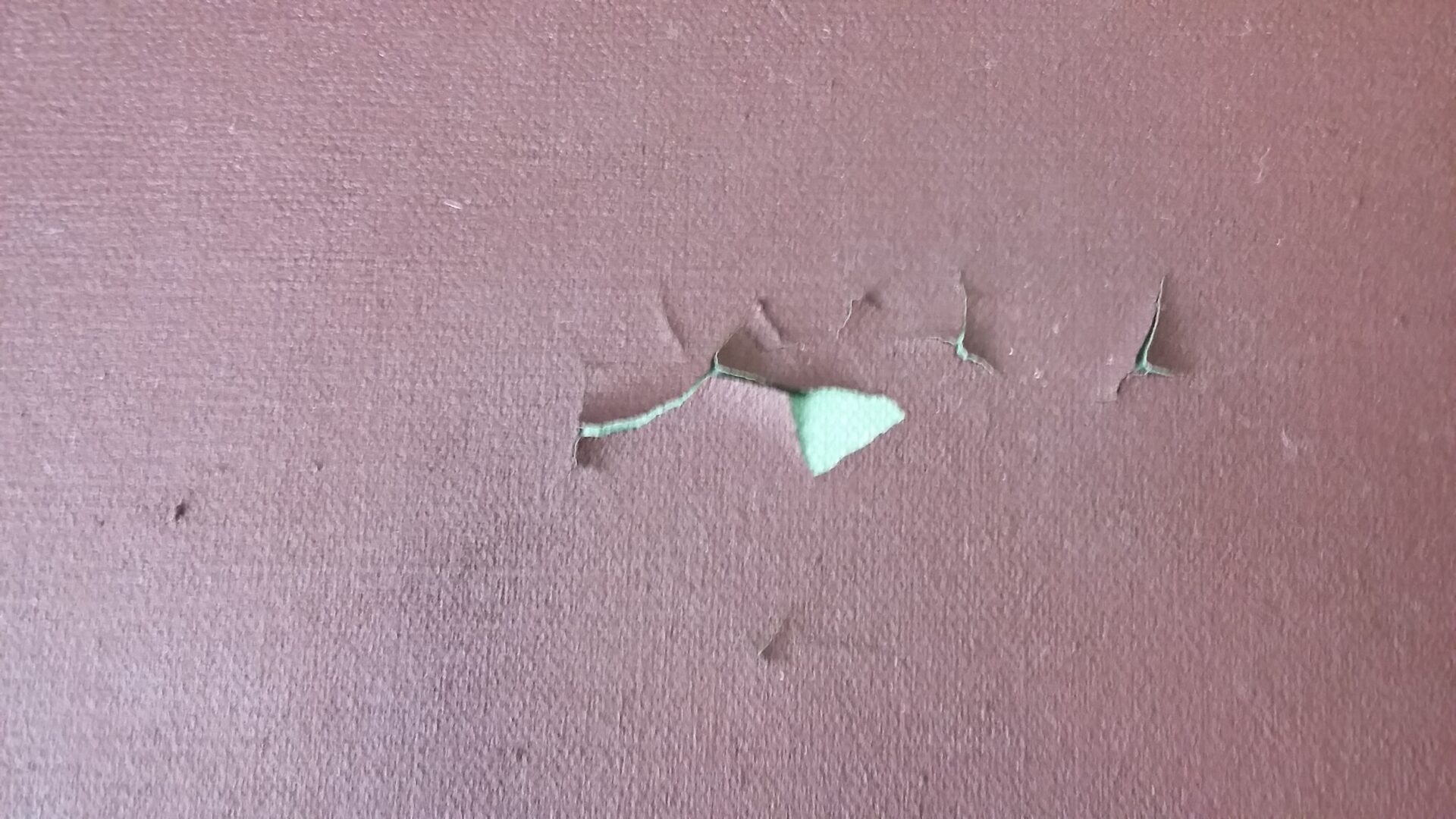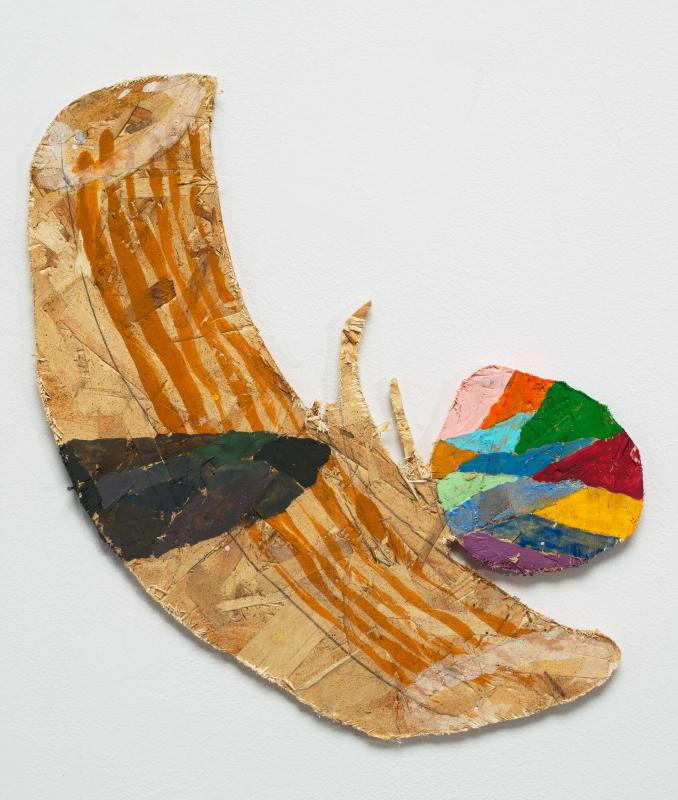The Cecil King conservation project was established in order for the artworks to be displayed again at the Hugh Lane Gallery. The collection contains 21 works of art, and a retrospective of his work was held in 1981. Link 3 is one of the works that recently underwent conservation treatment.
Cecil King was an Irish abstract-minimalist painter, born in Rathdrum, County Wicklow in 1921 and died in 1986. Initially he worked in a realist style, as seen in pastels known as the Circus series which were influenced by artists such as Nicolas de Staël and Roger Hilton. He had his first solo exhibition in 1959 at the Ritchie Hendriks Gallery. He had his first solo exhibition in 1959 at the Ritchie Hendriks Gallery.
He was a member and promoter of the Contemporary Irish Art Society in 1964 and was a founding committee member of the first ROSC exhibition in 1967, with which he was involved until 1984.
-
Profile
He loved the circus and the works made in the 1960s were all about the tensions of the trapeze. The line is present in all of his work; the tensions created by line and the break in the line are heightened by the paint surface.
The first works were made in pastel on paper which he applied by rubbing it into the paper with his fingers. Influenced by Barnett Newman he radically transformed his style in the early 1970s as he began the paintings known as the Berlin series – large scale colour field works. His later works are characterised by areas of colour fields separated by thin lines and the use of hard-edged areas of flat colour. The colours are pure and flat, the lines define the special structure of the painting, while dividing and uniting the composition.
Regarding the painting technique of the artist, Oliver Dowling writes: ‘Surface was very important for him… When he made the Circus works in pastel he had a surface he liked a lot and he really worked on various ways of getting a similar surface with oil paint. But he didn’t work using only the brush and palette knife so he discovered that by using foam, and dabbing the paint after using the brush and knife, he could achieve the surface he needed.’
-
Restoration
Link 3 by Cecil King in recent years has remained in storage because of its poor condition.
In particular the paint loss, flaking and dirt obscured much of the image. The drying of oil medium is a very slow and complex process which needs oxygen. Because of this, it is possible to work wet into wet, but pure colour layers can only be built up by allowing extensive drying time between layers. If it is applied thickly, the outer surface, in contact with the air begins to dry, but the inside may stay wet for a long time resulting in wrinkling later on. Wetting had caused the separation on the surface to the ground layer and that has become more evident over time by the contraction of the paint layer and the support on canvas.
The restoration involved an approach that took into account the complex nature of King’s materials and techniques and the ageing process. His technique in this painting differs from earlier methods. King achieved texture not through precise brushwork but instead using mechanical methods. Principally this involved the application of a layer of texture ground, over which he applied a thick impasto; the result is a flat, velvety and even surface. No varnish was applied over the paint layer.
It was clear that this technique would present problems for cleaning the painting. A paint layer that fails may be inclined to separate from the canvas during cleaning. Furthermore, as in this case, an even application of paint across a large painting reduced the tolerances for any variation in cleaning.
The painting underwent a full-scale photographic examination of the material layers of the painting. The ultraviolet photos revealed an uneven grey layer of discoloured paint. The artwork was laid flat and stabilised from the front and the back, in order to find the best way of treating the painting with compatible and reversible materials.
After the consolidation process was completed, all the loose paint fragments were reinserted into the area of repaired damage using a microscope and a mini spatula for applying with a water-based glue. The fragments were previously collected from the tacking margins.
The photographs taken before treatment, during the removal of the superficial discoloration layer and after treatment are clear evidence of the change. These preventive measures will help to preserve the painting in their current condition, allowing for safer handling and movement of the painting. Thanks to this treatment, the work is now able to be displayed again for the benefit of visitors to the gallery.
Cecil King, 1921 – 1986
Link 3, 1985
Oil on canvas
cm 101.7(h) x 101.7(w)













